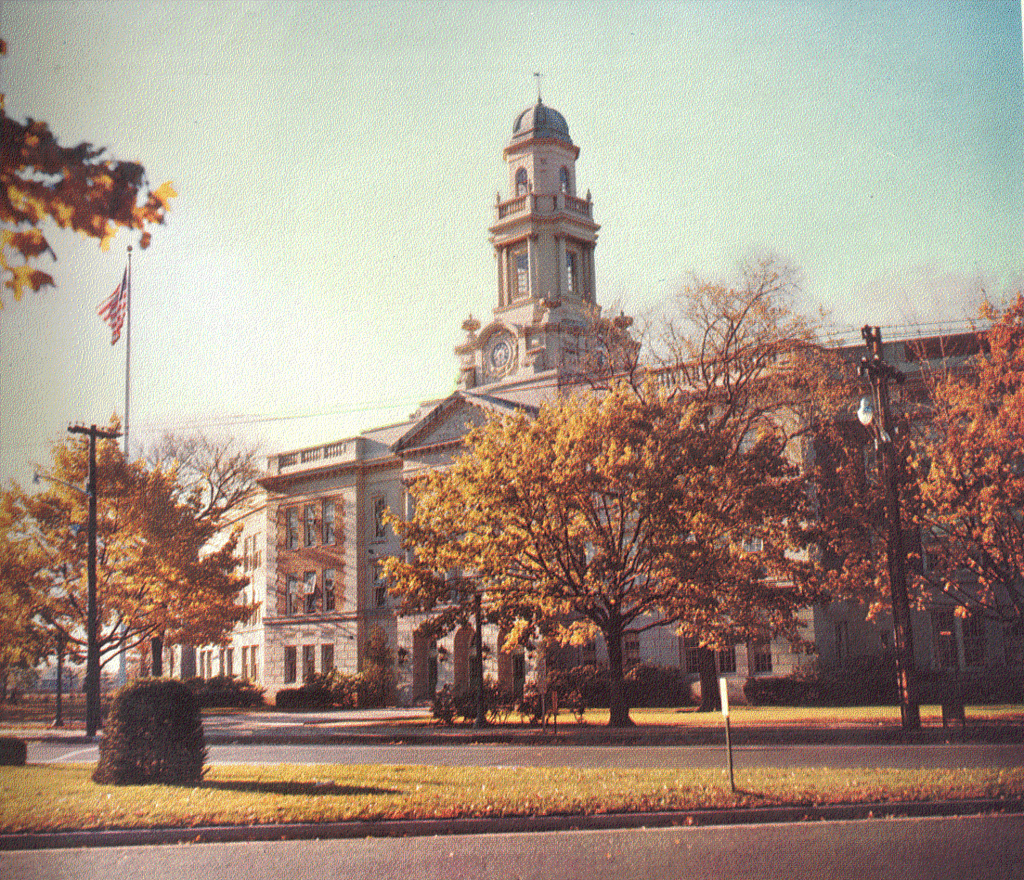Sewanhaka schools will likely give their seventh- and eighth-graders their first district-purchased iPads next school year, district officials said Tuesday.
The district will distribute the tablets it plans to purchase with $3.2 million of state SMART Schools Bond Act funds to teachers over the summer, to seventh-graders in August and to eighth-graders next spring, Assistant Superintendent for Curriculum and Instruction Cheryl Champ said.
New Hyde Park Memorial High School Principal Richard Faccio said teachers in his school are growing enthusiastic about the technology program, and he thinks students will benefit from it.
“They’re using technology, … and now we’re saying, take technology and take it away. This is going to change that for them,” Faccio said.
Sewanhaka teachers and administrators on Tuesday detailed the three-year rollout and financing for the district’s technology investment plan the school board approved last month.
New iPads will be introduced and sold back to Apple on a three-year cycle, Champ said.
The district decided on iPads after saying last month it was weighing devices from Apple, Google and Microsoft.
New seventh- and 10th-graders will get iPads in the 2017-18 school year, Champ said, and rising eighth- and ninth-grade students will use the same devices from the prior year.
Rising seventh- and 10th-graders will get new devices the following year. The iPads rising 10th-graders will have used for two years will go to the 12th-grade class because they’ll only have one year of life, Champ said.
Some seventh-grade classes will get iPads later this spring in a pilot program while a committee creates a pool of apps to install on the devices, Champ said.
Every seventh-grade teacher will get their tablet in June and undergo training to prepare for their use in classrooms.
All the programs teachers already use are available on the iPad, H. Frank Carey High School social studies teacher Brian Messinger said, and there are several apps that will likely enhance teaching.
“There’s a world of apps out there that transforms what a classroom is,” he said. “It changes learning.”
The district will offer several levels of professional development to train teachers at all levels of iPad fluency, Champ said.
Students will be required to return their devices at the end of each school year, she said, and parents will have to sign an agreement outlining the terms of use.
The district will provide iPad insurance, but families will be responsible for deductibles and repairs, Champ said.
The $3.2 million of state funding will cover the first four years of the one-to-one device initiative, she said. The district will have to allocate $1.2 million annually to sustain the program starting in the fifth year.
Shifting to tablets will save the district at least $825,000 in energy, textbook, equipment and other costs over the next four years, Champ said. That will lead to a restructuring of district spending to support the iPad program, she said.
The district will have to remain flexible as it begins a three-year process of giving an iPad to every Sewanhaka student, Champ said.
“The best-laid plans and timelines are never going to happen the way that you plan them,” she said.



